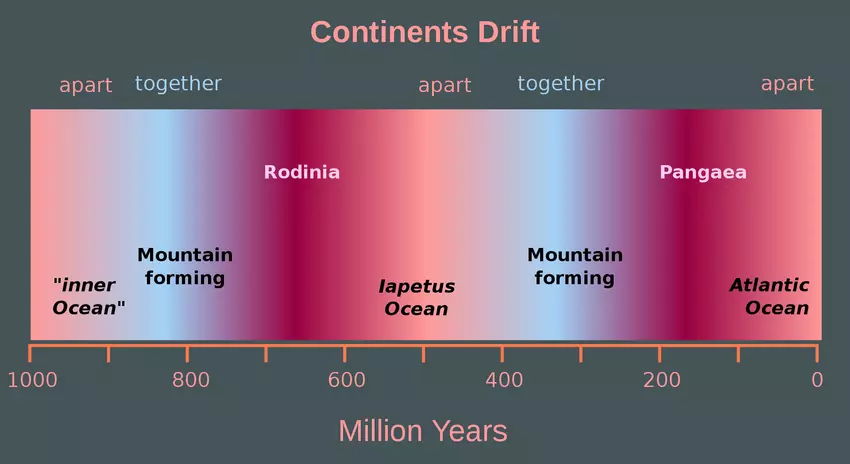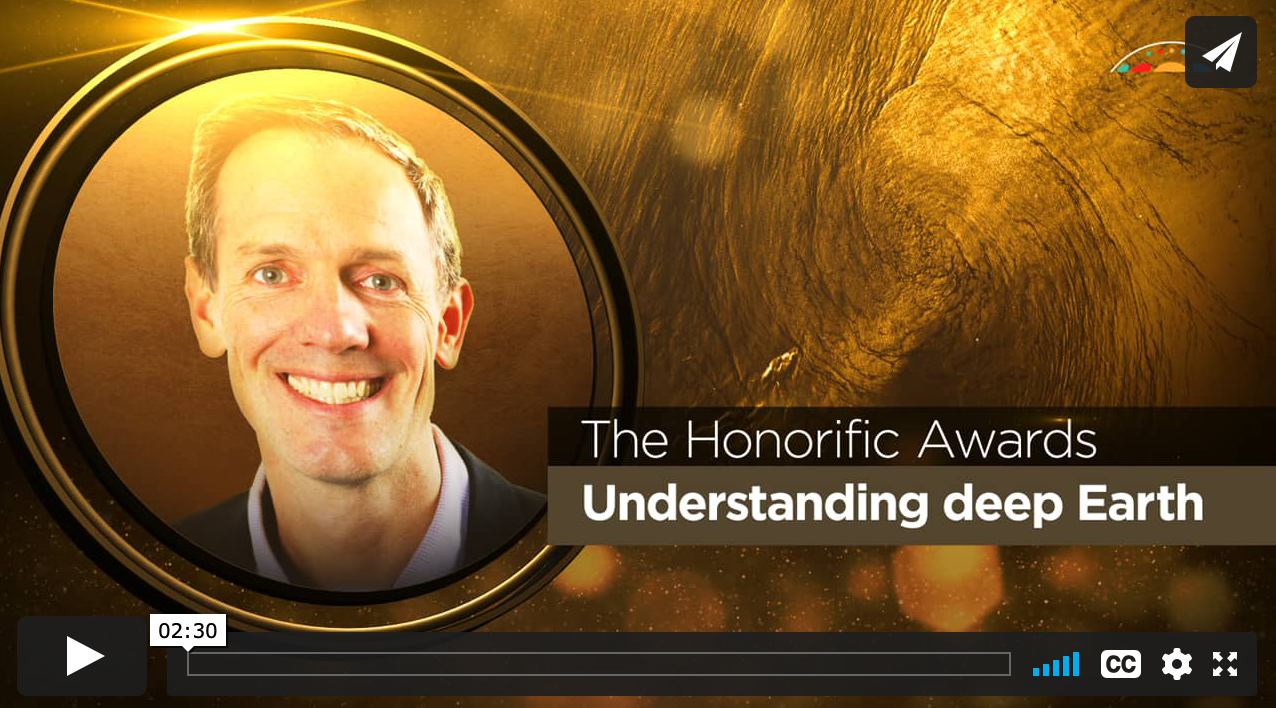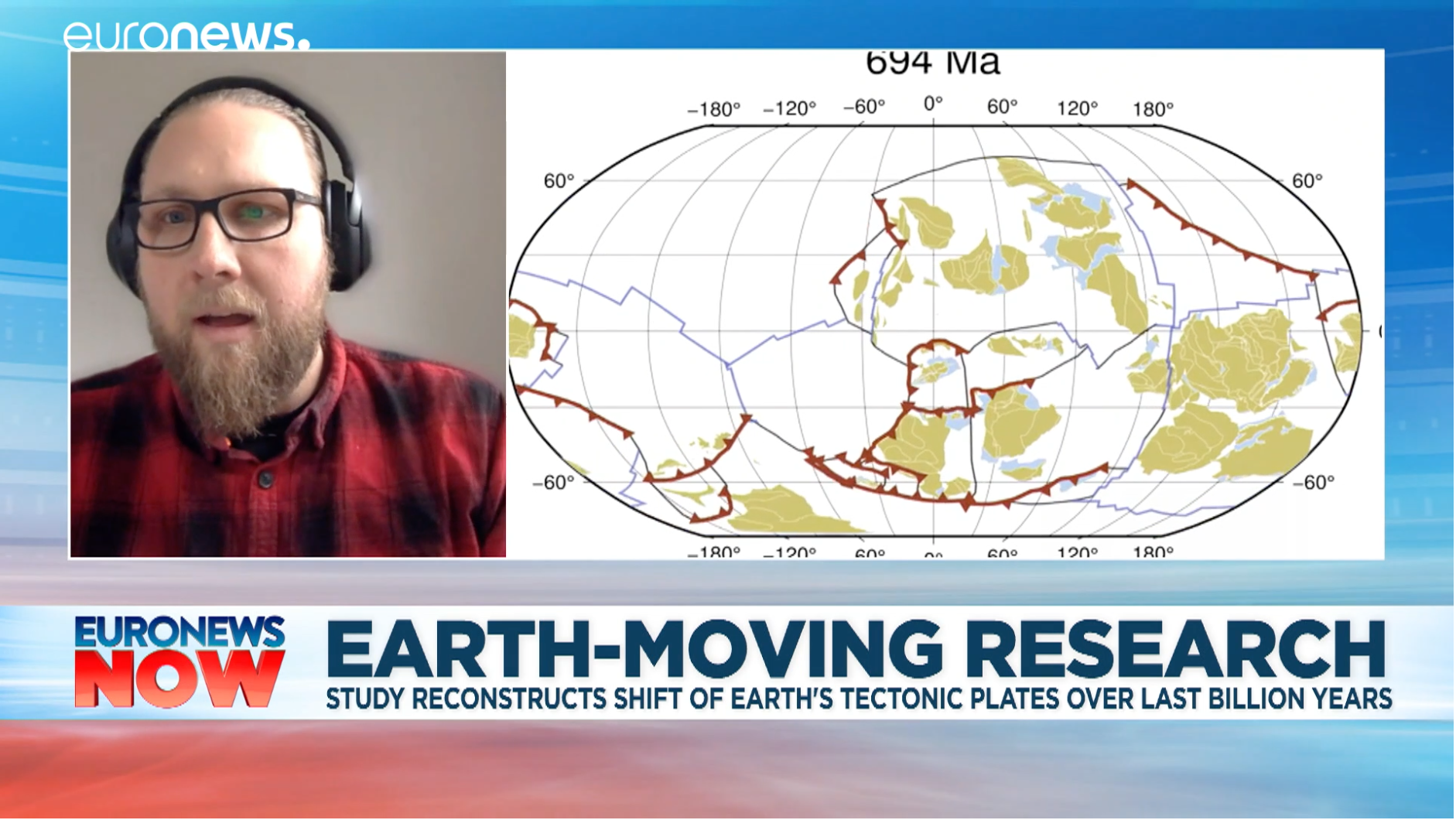World Economic Forum: Watch how today’s continents were formed over one billion years – in just 40 seconds
The plate tectonic theory says that Earth’s surface is made up of slabs of rock that are slowly shifting right under our feet. Because of this constant movement, today’s Earth looks a lot different from what it did millions of years ago. In 1912, German scientist Alfred Wegener proposed that Earth’s continents once formed a … Read more…





